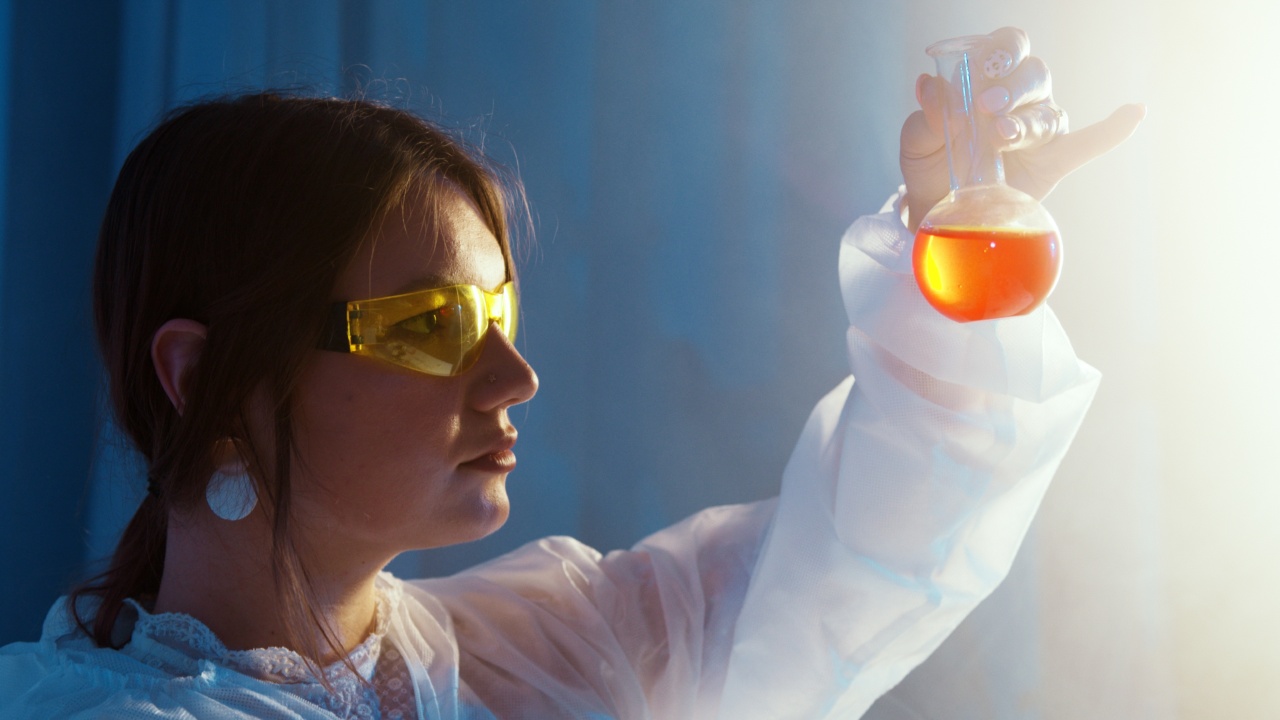Bacterial vaginosis (BV) is a common vaginal infection that occurs when there is an imbalance in the bacteria present in the vagina.
Normally, a healthy vagina contains a complex ecosystem of “friendly” bacteria, also known as microbes, that keep the vaginal environment acidic and prevent the overgrowth of harmful bacteria. However, when there is a disruption in this delicate balance, BV can develop.
Symptoms of BV Infection
Many women with BV may be asymptomatic and not experience any noticeable symptoms. However, some common symptoms include:.
- Abnormal vaginal discharge
- Foul-smelling odor, often described as a “fishy” smell
- Itching or irritation in the vaginal area
- Burning sensation during urination
Causes of BV Infection
The exact cause of BV infection is still not fully understood. However, certain factors can increase the risk of developing the infection:.
- Disruption of the vaginal pH balance
- Multiple sexual partners
- Douching or using harsh vaginal products
- Smoking cigarettes
- Use of certain antibiotics
Role of “Friendly” Microbes in BV Infection
The presence of “friendly” microbes plays a crucial role in maintaining a healthy vaginal environment. These microbes, primarily lactobacilli, produce lactic acid, which helps to keep the vaginal pH low (acidic).
This low pH inhibits the growth of harmful bacteria and yeast, maintaining the natural defense against infections.
When the levels of lactobacilli decrease, other bacteria that thrive in less acidic environments can start to overgrow, resulting in BV infection.
It is believed that the decline in lactobacilli and subsequent increase in harmful bacteria lead to the symptoms associated with BV.
The Microbiome and BV
The vaginal microbiome refers to the collection of microorganisms residing in the vagina. Several studies have shown that women with a healthy vaginal microbiome dominated by lactobacilli have a lower risk of developing BV.
Research is ongoing to better understand the complex interactions between the vaginal microbiome and BV.
It is believed that the composition of the vaginal microbiome is influenced by various factors, including genetics, hormones, sexual activity, hygiene practices, and the use of antibiotics.
Impact of Antibiotics
Antibiotics are commonly prescribed to treat BV infection. While they can effectively eliminate the harmful bacteria causing the infection, antibiotics can also disrupt the balance of the vaginal microbiome.
This may result in a temporary relief of symptoms, but it can also lead to recurrence of the infection.
Studies have shown that certain antibiotics can decrease the levels of lactobacilli in the vagina, increasing the risk of BV recurrence.
This highlights the importance of understanding the role of “friendly” microbes and their restoration in preventing recurrent BV infections.
Restoring the Balance
Given the significant role of “friendly” microbes in maintaining vaginal health, researchers are exploring various strategies to restore the balance of the vaginal microbiome:.
- Probiotics: Probiotics are live microorganisms that, when consumed in adequate amounts, confer health benefits to the host. Probiotic treatments containing specific strains of lactobacilli have shown promising results in restoring the vaginal microbiome and reducing the recurrence of BV.
- Prebiotics: Prebiotics are substances that promote the growth of beneficial bacteria. In the context of BV, prebiotics can provide nourishment to lactobacilli, helping to stimulate their growth and maintain a healthy vaginal environment.
- Alternative therapies: Some alternative therapies, such as vaginal suppositories containing natural substances like tea tree oil or boric acid, have been proposed as potential treatments for BV. These therapies aim to restore the balance of the vaginal microbiome without the use of antibiotics.
Long-Term Implications
BV infection has been associated with various complications, including increased susceptibility to sexually transmitted infections (STIs) like HIV, pelvic inflammatory disease (PID), and an increased risk of preterm birth.
Understanding the role of “friendly” microbes and their interactions with the vaginal environment is crucial for developing effective prevention and treatment strategies.
By restoring the balance of the vaginal microbiome, it may be possible to not only treat BV but also prevent its recurrence and associated complications.





























